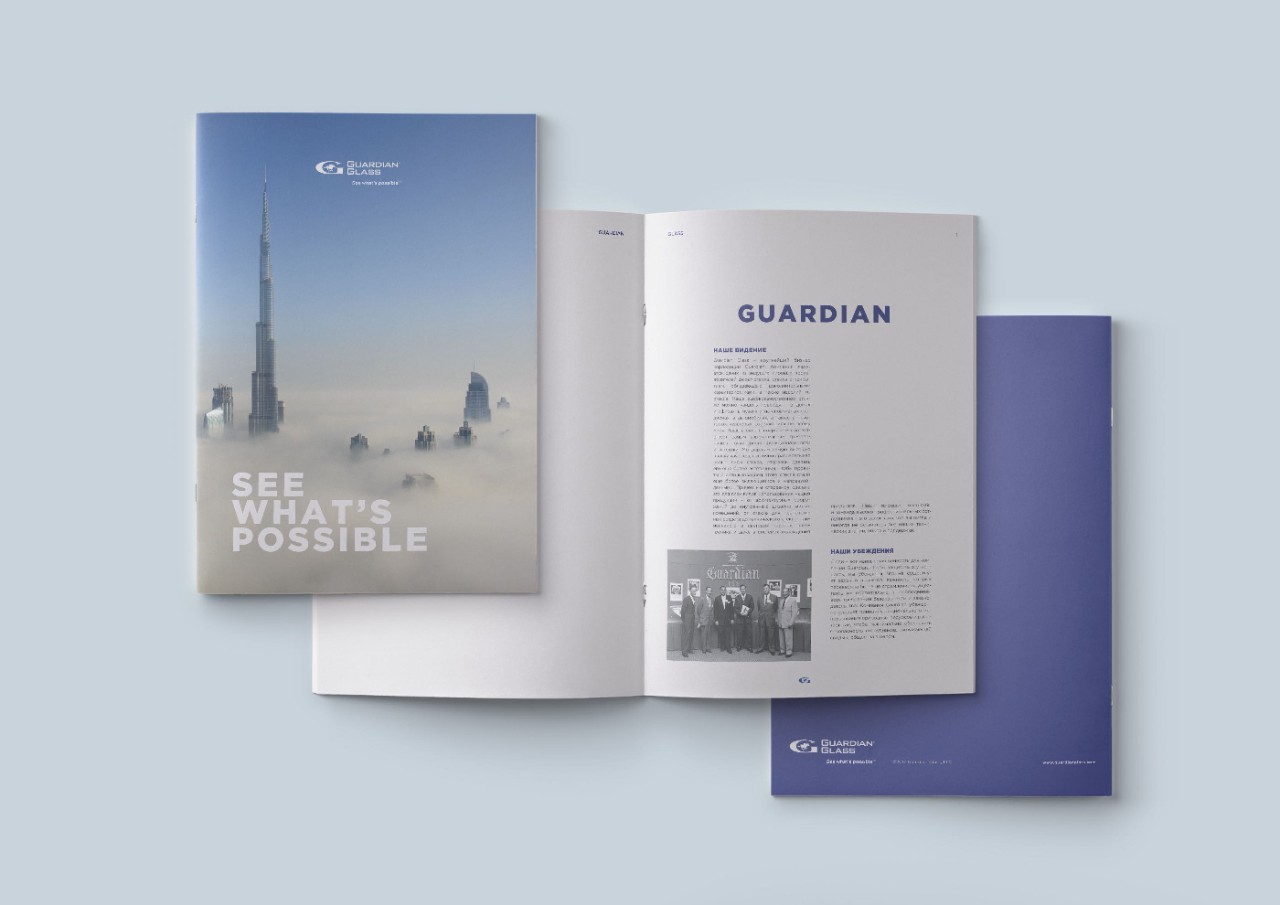Spacer bar

As low-E coatings have become better at reducing air-to-air heat transfer, spacer technology has become the focus of incremental thermal improvements.
Typical commercial spacers are composed of formed aluminum filled with desiccant to absorb any residual moisture inside the IGU, thus reducing potential condensation. While aluminum is a structurally strong material, the aluminum-to-glass contact point is a very efficient thermal conductor and can increase the potential for temperature differential between the center of glass and the edge of glass, which can lead to condensation and reduces the unit’s overall U-value.
Spacers for glazing
Spacers for glazing are small blocks of neoprene or other compatible materials, placed on each side of the glass product to provide glass centering, maintain uniform width of sealant bead and prevent excessive sealant distortion.
Spacers for IGUs
The spacer in IGUs is at the perimeter and keeps the two lites of glass separated at a specific gap width. The spacer material can be aluminum, stainless steel, silicone foam, etc.
Warm-edge spacers
This technology is another option for improving thermal properties, reducing condensation and reducing U-values in IGUs. There are a number of warm-edge spacer designs available, all of which thermally break the metal-to-glass contact point to some degree, while offering varying levels of structural integrity that may or may not be suitable for commercial applications. Warm-edge spacers can significantly reduce heat conduction when compared to conventional metal spacers.
Small blocks of neoprene or other compatible materials, placed on each side of the glass product to provide glass centering, maintain uniform width of sealant bead and prevent excessive sealant distortion.

Find out our easy-to-use, advanced software for glass and glazing specification.

Access a wealth of technical notes to enhance your knowledge about glass!

Guardian Glass Training Center
Learn the glass fundamentals in a fun and interactive way, at your own pace!